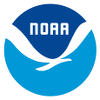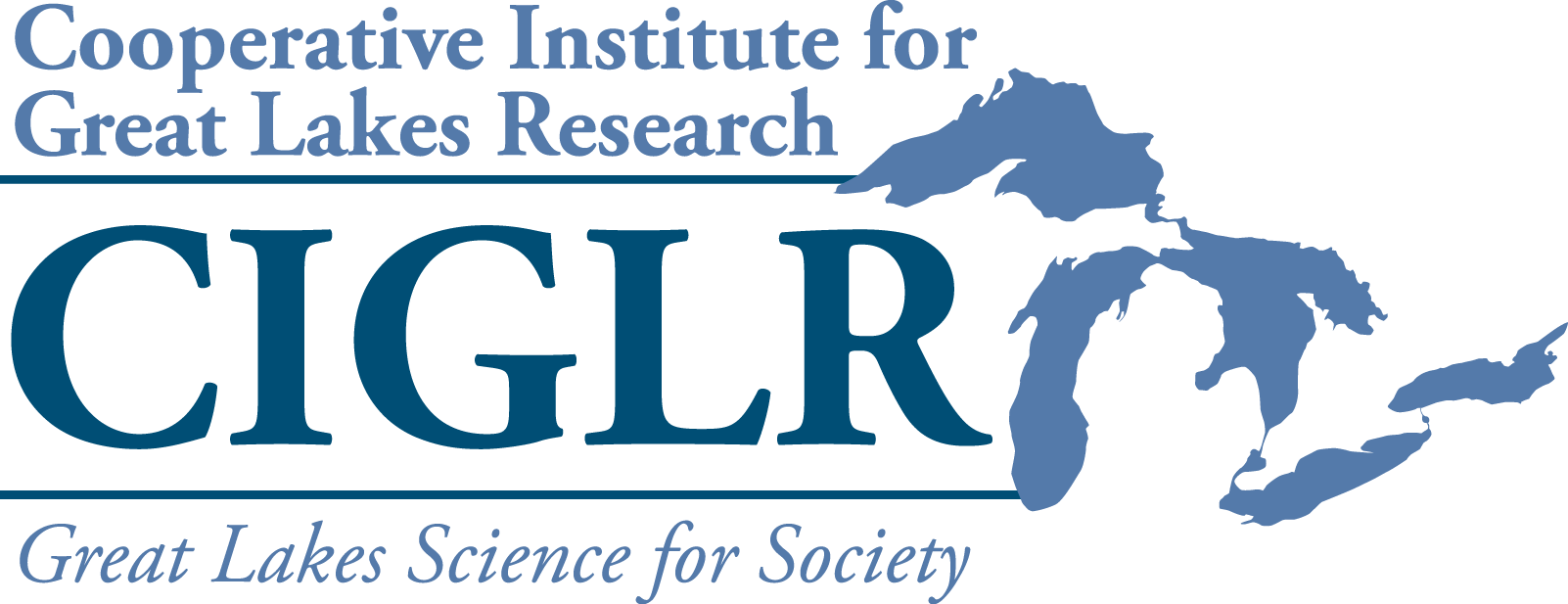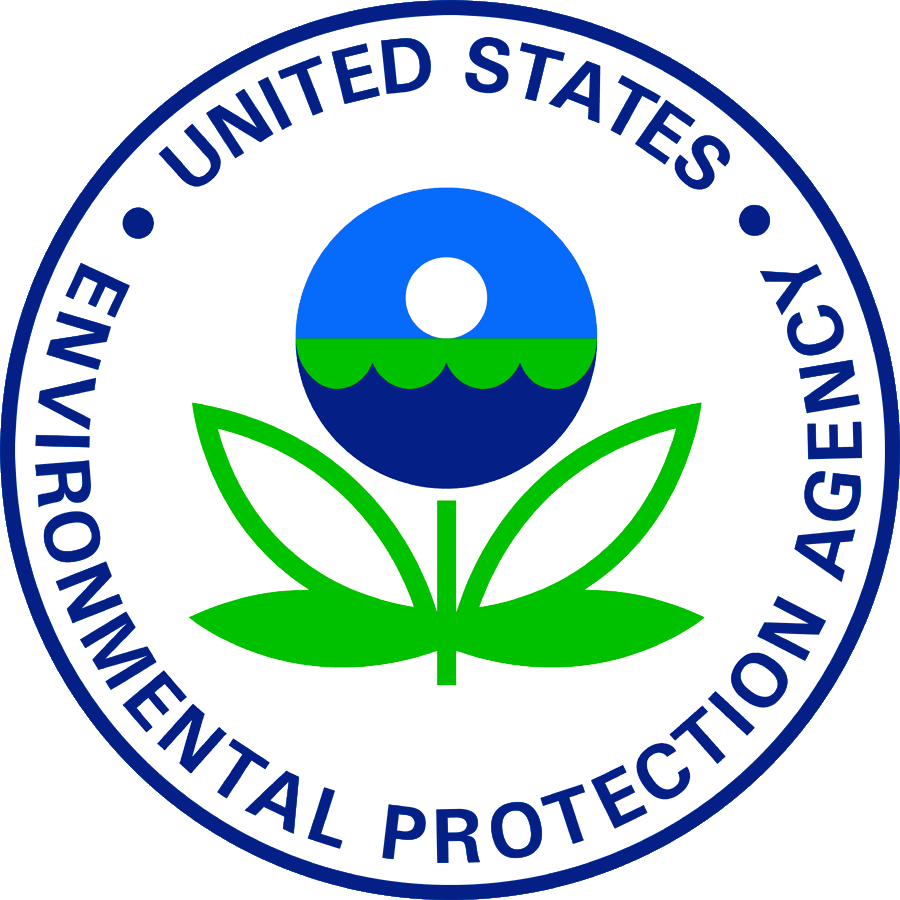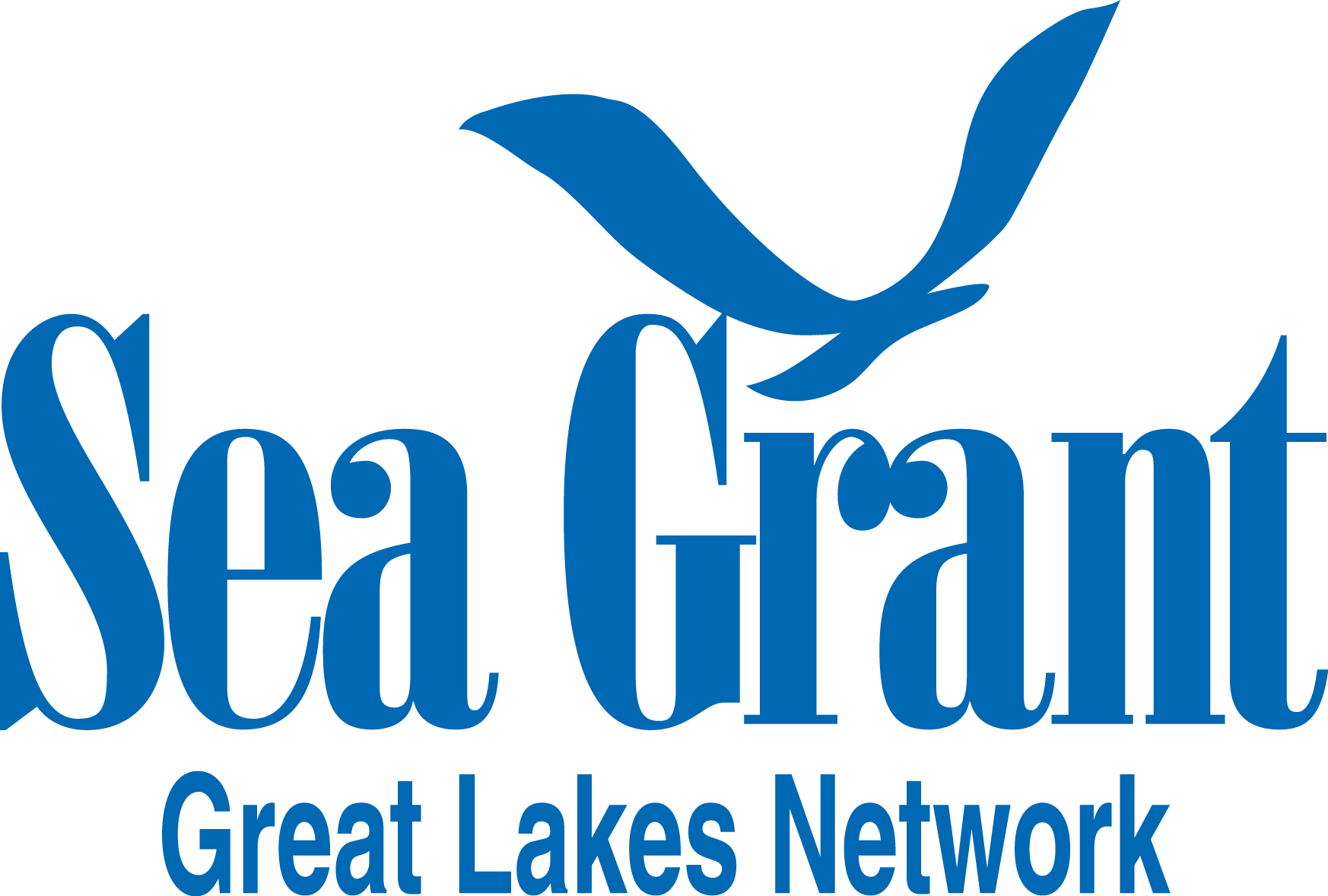For a step-by-step Story Map on how to use the GLANSIS Map Explorer to create visualizations, display habitat layers, download data for use in a GIS program of your choice, and more, click here. A simplified text-only tutorial can be found here.
This search interface is designed to provide direct access to the USGS NAS species database and allow species' locations to be easily compared with habitat layers provided by the Great Lakes Aquatic Habitat Framework or downloaded to your own GIS. You may select GLAHF layers, and scroll down to select species (up to 3 species may be displayed at once, select them sequentially).
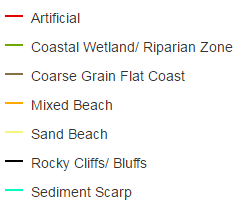

Shape of maps points and species status
The shape of a map point for a particular species represents its status for that location. Square (□) shapes indicate the species is established at that location, while circles (○) indicate the species was stocked, cultivated, collected, or of unknown status.
Quick map species: Click any of the 'hot button' species below to plot their extent across the US Great Lakes, Lake Champlain, and St. Lawrence states. If you would like to perform a search for a species in a specific area or collected at a certain time, click 'Start Over', select your search region and year below, and then click 'Search'.

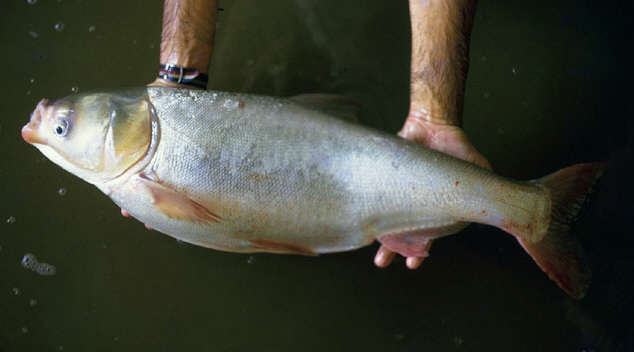
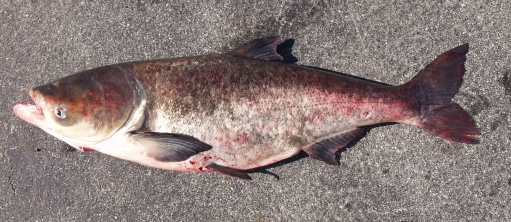
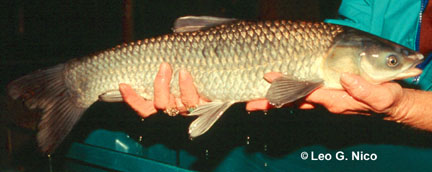

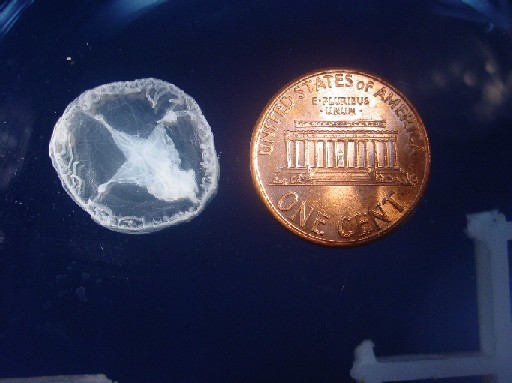
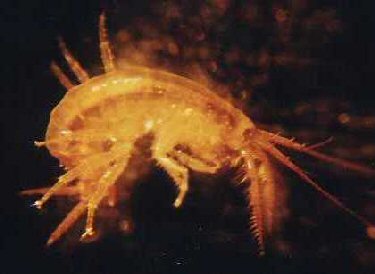
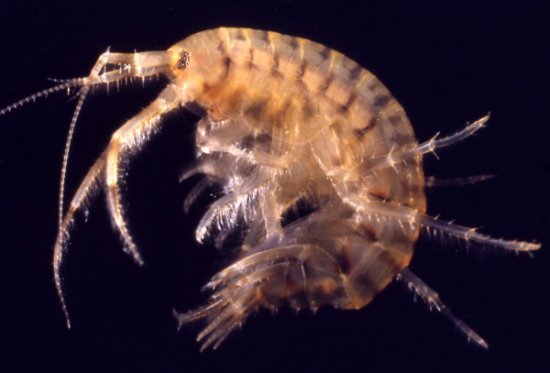
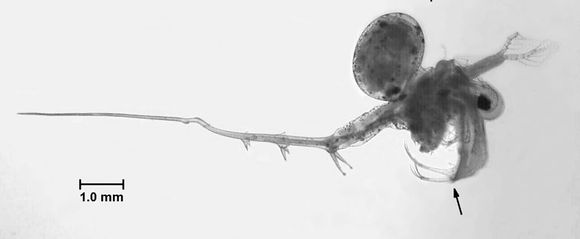

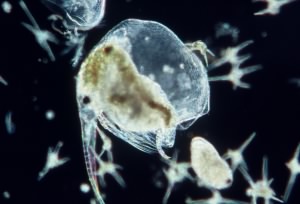
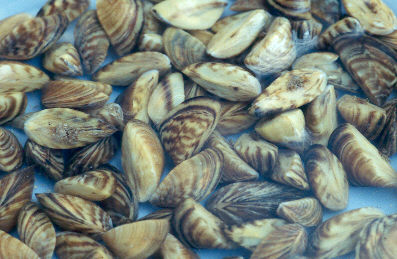

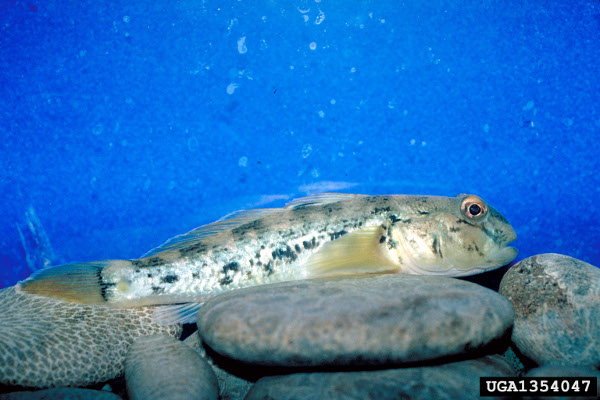
Specific Species Search
Query for species, one-at-a-time, in the NAS database below. Results will be mapped above, and you may map up to 3 species at once, which will be indicated in the species slots above. Clear the map with the 'Start Over' button.
Each submitted query will generate its own set of tabulated results below. Copy and paste your tabulated results for each query to save your work.
Note: some emergent plants, bacteria, viruses, and parasites may not appear in the results for the Map Explorer. They do, however, appear in the List Generator.
Wait...
Wait...
Wait...
GLANSIS Database Download
Need more than 3 species? The entire current GLANSIS distribution data is updated weekly on Fridays to a text file. This dataset includes emergent plants, bacteria, viruses, and parasites.
Georeferenced Report Data
Below are the results of your most recent query in comma delimited format. From here, you may do any of the following:
- Copy, paste into a text editor, and save as 'insert_file_name.csv'. You should then be able to open it in your favorite spreadsheet program either directly through the program, or by right-clicking on it and opening it in that program.
- Copy, and 'import' the text via your favorite spreadsheet program's text import wizard or equivalent
Associated References
Below are the references for the results of your most recent query in tab delimited format. From here, you may do any of the following:
- Copy, paste into a text editor, and save as 'insert_file_name.txt'. You should then be able to open it in your favorite spreadsheet program either directly through the program, or by right-clicking on it and opening it in that program.
- Copy, and 'import' the text via your favorite spreadsheet program's text import wizard or equivalent
Additional Map Layer References
- Great Lakes Aquatic Ecological Classification via GLAHF
- For Killer Shrimp, Golden Mussel, and Snakehead habitat suitability layers:
Kramer, A.M., G. Annis, M.E. Wittmann, W.L. Chadderton, E.S. RUTHERFORD, D.M. Lodge, L.A. Mason, D. BELETSKY, C. Riseng, and J.M. Drake. Suitability of Great Lakes for aquatic invasive species basedon global species distribution models and local aquatic habitat. Ecosphere 8(7)(DOI:10.1002/ecs2.1883) (2017). Link to Kramer et al. (2017)
- For Hydrilla and Grass Carp habitat suitability layers:
Wittman, M.E., G. Annis, A.M. Kramer, L.A. Mason, C.M. Riseng, E.S. RUTHERFORD, W.L. Chadderton, D. BELETSKY, J.M. Drake, and D.M. Lodge. Refining species distribution model outputs using landscape-scale habitat data: Forecasting grass carp and Hydrilla establishment in the Great Lakes region. Journal of Great Lakes Research 4(2):298-301 (DOI:10.1016/j.jglr.2016.09.008) (2017). Link to Wittman et al. (2017)
- For Phragmites habitat suitability layers:
Carson Mazur, M.L., K.P. Kowalski, and D.M. Galbraith. Assessment of suitable habitat for Phragmites australis (common reed) in the Great Lakes coastal zone. Aquatic Invasions 9(1): 1–19 (DOI:10.3391/ai.2014.9.1.01) (2014)
- For invasive carp habitat suitability layers:
Alsip, P.J., G. ZHANG, M.D. ROWE, D.M. MASON, E.S. RUTHERFORD, C.M. Riseng, and Z. Su. Lake Michigan's suitability for bigheaded carp: The importance of diet flexibility and subsurface habitat. Freshwater Biology 64, 1921–1939. (DOI:10.1111/fwb.13382) (2019)

